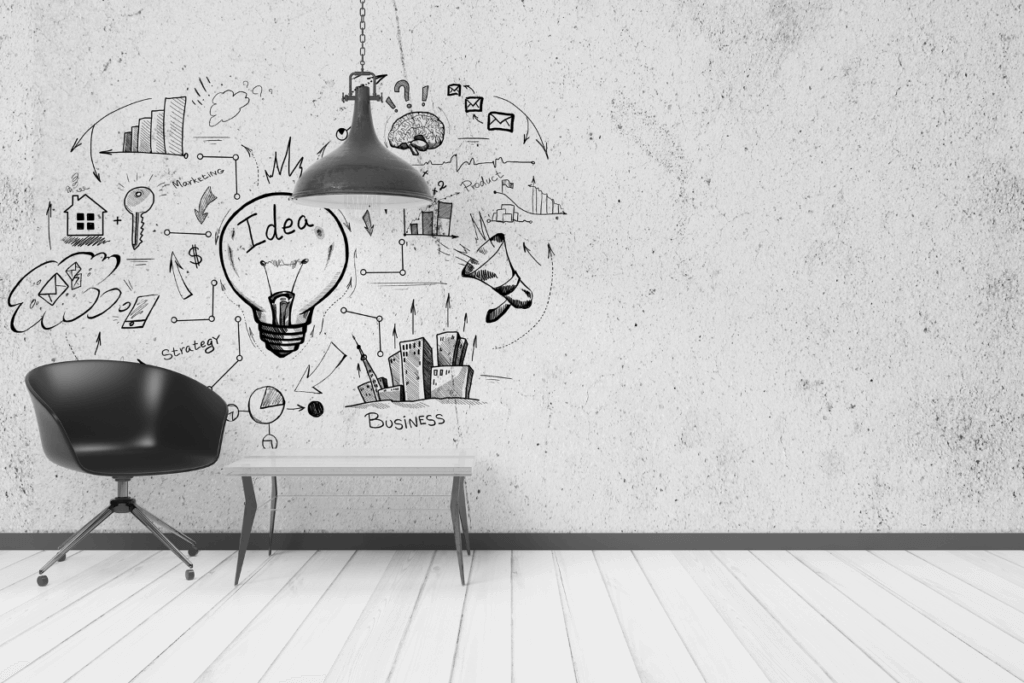Employee Experience, Strategic Roadmap, Strategic Services
Who wants a better employee experience?
If I were looking around a room full of HR people, senior leaders, front-line employees or, you know, anyone with a job, I’d expect to see every hand in the air.
Employee experience is a buzzword in the HR world right now. But it’s not just some hack that will set you apart from other employers and help you attract more employees. Intentionally building a better employee experience is a differentiator that will change the long-term prospects of the business. Employee experience is about changing the way people think about work — and maybe even the way people think about capitalism.
I know. Stick with me.
Right now we’re working in boom times. The economy is good and competition for employees is fierce. But no matter what happens to the economy, I think that in the next decade employee experience will still be a buzzword — something that we need to build and sustain for the long haul. Employees won’t see basic benefits (like fair pay, meaningful work and a safe and productive working environment) as a “nice to have.” They’ll be the bare minimum.
OK, so we’re all on the same page that employee experience matters. Small victories! Surely there’s a technology that will, you know … make employees … experience … things? Where do we get it and how much does it cost?
Aha. There’s the problem. With a booming economy and a booming HR tech market, we’re seeing tech solutions pop up everywhere. But with the market’s disproportionate emphasis on the digital experience, employers may be missing the opportunity to meet truly meet employees where they are and build an online and offline experience that will carry them forward for decades to come.
So what is the average company to do? Fret not — here are some ways to approach the employee experience from both the digital and analog perspective.
Don’t Make a Tech Plan. Develop a Long-Term Employee Experience Strategy.
Are you familiar with “bright shiny object syndrome,” where your boss goes to a conference and comes back all excited about some new technology you have to have?
The opposite of bright shiny object syndrome is setting a strategy, then staying the course.
You don’t need any fancy tech to set a clear employee experience strategy. You just need to understand how changing the employee experience will drive business success for the long term.
Once you know your strategy, you can delegate, plan and, yes, buy all the tech you need to implement the strategy.
Include People Outside of HR
I’m all about HR people working across departments. Specialists exist, but HR needs to understand the entire business, not just its little corner of the sky. And employee experience is such a huge undertaking — our “experience” at work is all around us, like The Force — that you need all hands on deck. An employee experience strategy shouldn’t be an HR strategy. It should involve the whole organization, including senior leadership, IT and marketing. Get everyone on board and your work will actually be easier.
Think About Your End Users
Here’s something I see happen all the time: Let’s say you have an employee experience strategy that involves stakeholders across the organization. You’re ready to invest in some tools that will help you implement your strategy — maybe you’re looking for a new payroll provider to make sure employees get paid accurately and on time. Important stuff.
But too many HR tech buyers go into the selection process thinking about one thing: How is this going to make my job easier? And while HR will definitely have a front-row view of how the payroll system works, the HR administrators who set up payroll aren’t the only “users” whose opinions should matter.
Say it with me, folks: Think about the end user.
Maybe payroll is easy for the payroll coordinator to set up from her office in Denver. But can the technician working on-site in rural Colorado actually access their online pay stub? Can they do it on mobile? The answers to these questions matter. When we’re talking about tech that affects employee experience, your employees (all of them) are your end users.
Sweat the Small Stuff
Finally, let’s talk parking. And chairs. This is my favorite part of any employee engagement conversation, because it’s easy to be high-minded and big-picture when we talk about HR tech and the metrics around employee sentiment. But … how long does it take people to get to their desk from their parking spot? When people are working late, are the lights on in the parking lot at the end of the night? And can anyone find a chair that isn’t broken?
Yep, I went there. My point is, you have to think about every touchpoint that affects an employee’s experience. And if the chairs are broken, if the employee bathrooms are dirty, if the office is 20 degrees too cold, if everyone’s commute is hellacious and you don’t allow remote work, you’re fighting an uphill battle.
I think I’ll leave it there. If you want help thinking through your employee experience strategy, or help avoiding “bright shiny object syndrome,” I talked in detail about this on a recent episode of the #WorkTrends podcast.
You can also tweet me. I want to hear how you’re rethinking employee experience.






